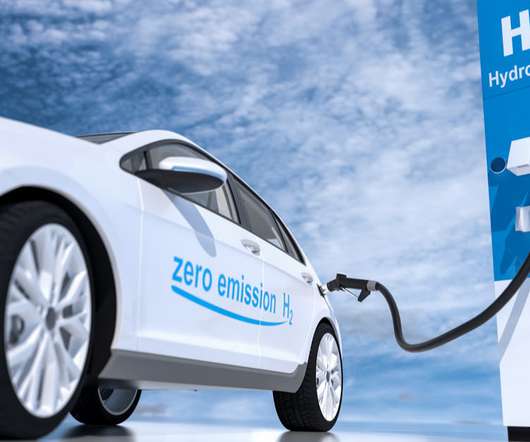Kawasaki, Subaru, Toyota, Mazda, and Yamaha partner on producing, transporting, and using carbon-neutral fuels, including hydrogen
Green Car Congress
NOVEMBER 15, 2021
Specifically, to expand options for producing, transporting, and using fuel, the five companies intend to unite and pursue the three initiatives of: Participating in races using carbon-neutral fuels; Exploring the use of hydrogen engines in two-wheeled and other vehicles; and. Continuing to race using hydrogen engines.

































Let's personalize your content